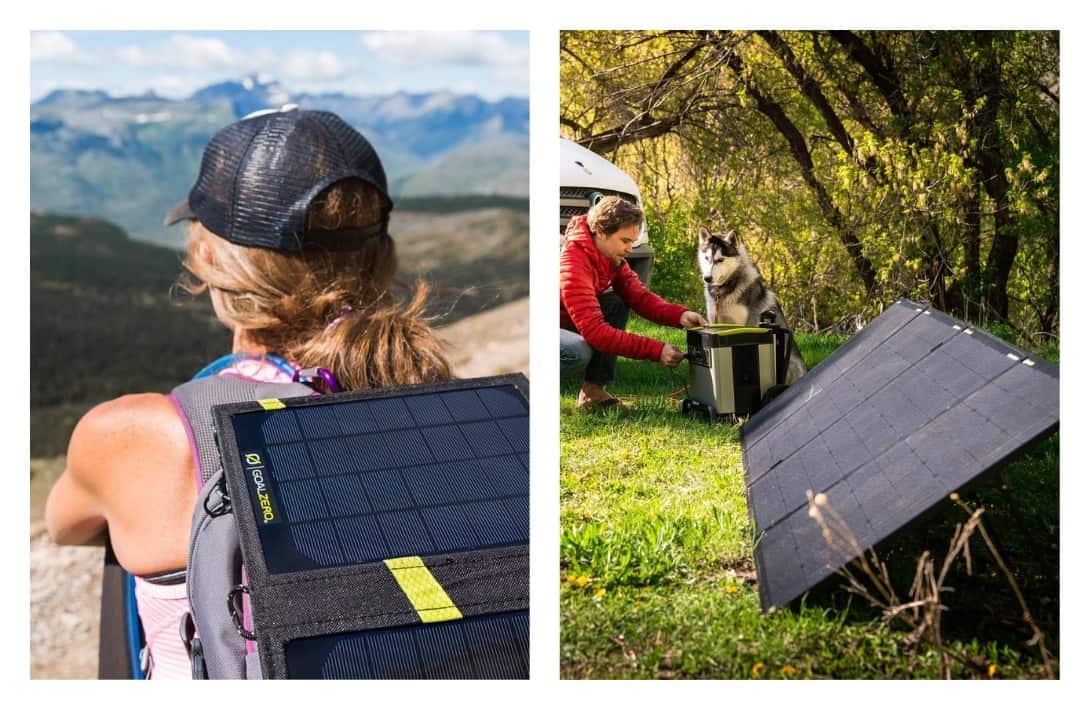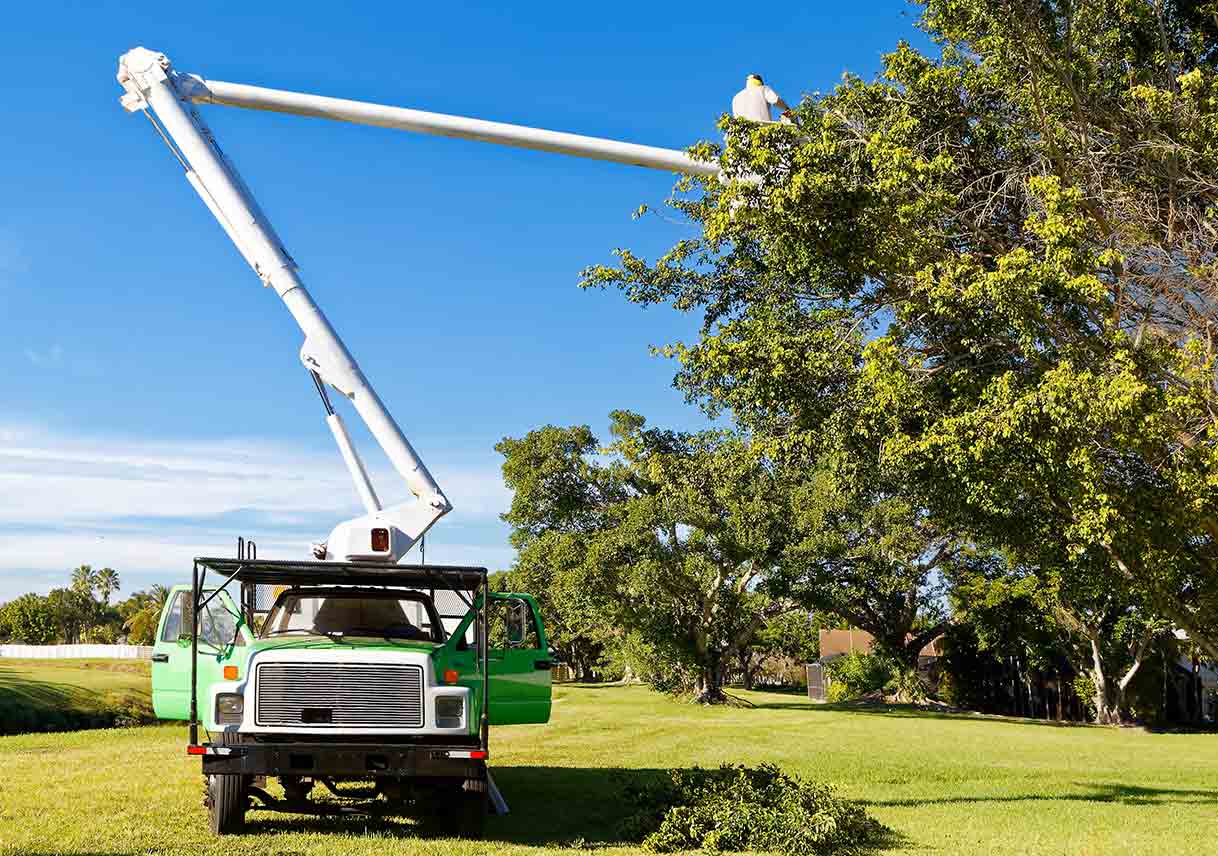In recent years, the outdoor industry has witnessed a significant shift towards sustainability. Conscious campers and nature enthusiasts are increasingly seeking eco-friendly outdoor gear that aligns with their environmental values. This article explores the world of sustainable outdoor equipment, highlighting innovative products and practices that reduce environmental impact while enhancing the camping experience.
The Importance of Sustainable Camping Gear
The outdoor recreation industry has long been criticized for its environmental footprint, from the production of gear to the waste generated in natural spaces. Traditional camping equipment often relies on plastics and other materials that are not biodegradable, contributing to pollution and resource depletion. As awareness grows, campers are turning towards sustainable alternatives that offer the same functionality with a lower ecological impact.
Materials Matter: The Shift to Eco-Friendly Fabrics and Materials
One of the most significant changes in eco-friendly outdoor gear is the use of sustainable materials. Manufacturers are now producing items using recycled plastics, organic cotton, and responsibly sourced down. These materials not only reduce waste but also minimize the carbon footprint associated with production.
Recycled Plastics
Many outdoor brands are turning to recycled plastics for everything from clothing to equipment. For instance, recycled PET bottles are being transformed into high-quality polyester fabrics used in jackets and sleeping bags. This not only helps in reducing plastic waste but also saves energy compared to producing new polyester.
Organic and Sustainable Fabrics
Organic cotton, hemp, and bamboo are becoming popular in outdoor apparel. These fabrics are grown without harmful pesticides and require less water than conventional cotton, making them a more sustainable choice. Additionally, they offer excellent breathability and comfort, which are essential for outdoor activities.
Responsibly Sourced Down
Down is a popular insulator for its warmth-to-weight ratio. However, traditional down sourcing raises animal welfare concerns. Responsibly sourced down ensures that the feathers are obtained from ducks and geese that have been treated humanely, providing peace of mind for ethically conscious consumers.
Innovative Eco-Friendly Products for Camping
Solar-Powered Gadgets
Solar-powered devices are a game-changer for campers. Products like solar lanterns, chargers, and even solar-powered stoves offer a sustainable way to harness energy from the sun, reducing reliance on fossil fuels.
Biodegradable and Compostable Items
From utensils and plates to soap and toilet paper, biodegradable and compostable products are becoming more common in camping gear. These products break down naturally, leaving no trace behind, which is in line with the Leave No Trace principles many campers adhere to.
Water Filtration Systems
Portable water filtration systems have reduced the need for single-use plastic water bottles. These systems allow campers to safely drink from natural water sources, minimizing plastic waste and the carbon footprint associated with transporting bottled water.
The Rise of Gear Rental and Second-Hand Markets
Another trend in sustainable camping is the rise of gear rental services and second-hand markets. Renting or buying used gear like CRKT knives not only saves money but also extends the life of products, reducing waste and the demand for new resources.
Sustainable Practices for Campers
Beyond gear, sustainable camping involves adopting eco-friendly practices. This includes following Leave No Trace principles, minimizing campfire impact, and properly disposing of waste. Campers are encouraged to plan their trips with sustainability in mind, from transportation to the campsite to the food they bring.
Challenges and Future Directions
While the shift towards eco-friendly outdoor gear is promising, challenges remain. The higher cost of sustainable materials can be a barrier for some consumers. Additionally, there’s a need for more widespread adoption of these practices across the industry.
Looking forward, innovation will continue to play a crucial role in developing more sustainable camping gear. Research into new materials and technologies, coupled with a growing consumer demand for eco-friendly products, will drive further advancements in this field.
Conclusion:
The movement towards eco-friendly outdoor gear reflects a growing recognition of the need to protect the very environments we enjoy exploring. By choosing sustainable camping equipment and adopting responsible practices, campers can significantly reduce their environmental impact. As the industry evolves, the hope is that sustainable camping becomes not just a choice but the norm, ensuring that the great outdoors can be enjoyed by generations to come.




